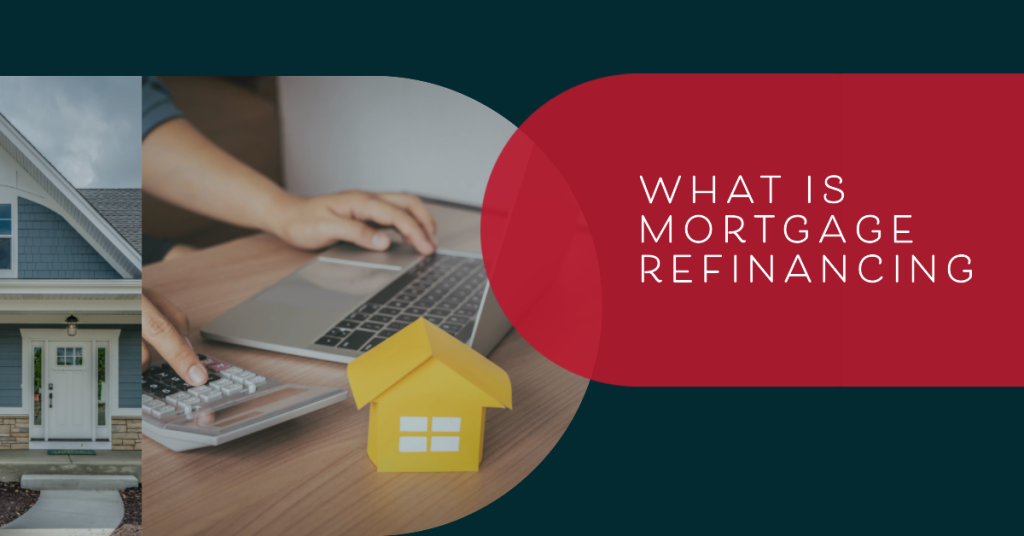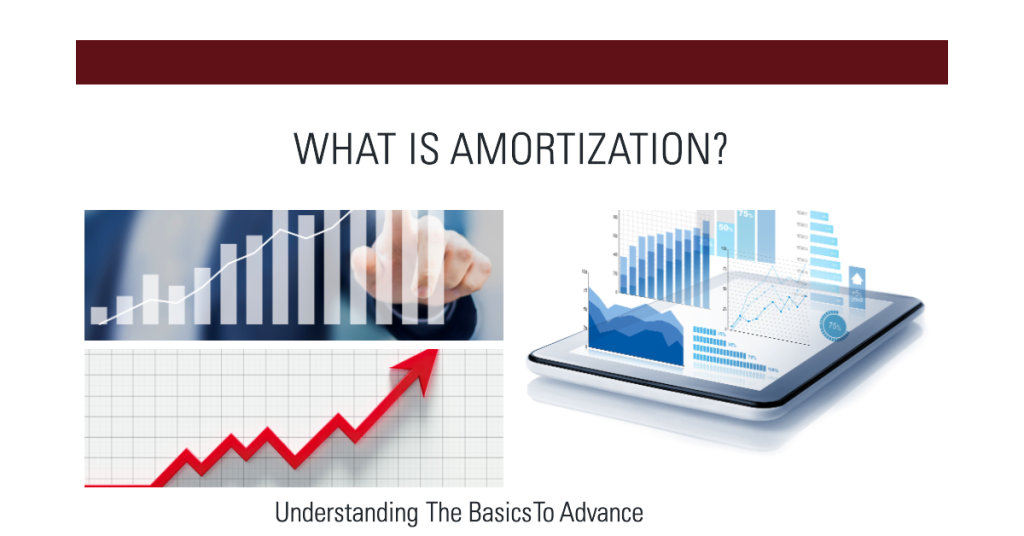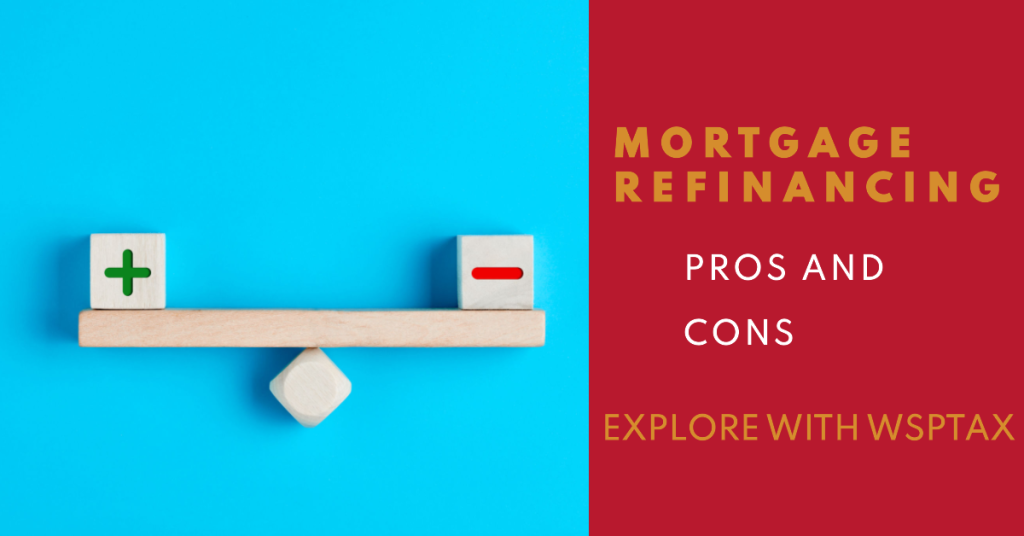Mortgage Refinancing Expert Tips
Are you looking to make the most of your mortgage and pave the way for a brighter financial future? If so, understanding the various aspects of Mortgage Refinancing Expert Tips, amortization, home equity, and payment options is crucial. This ultimate guide will walk you through the key concepts, benefits, and strategies to maximize your mortgage and achieve your financial goals.
Purchasing a home is a significant milestone, but as your circumstances change over time, it’s essential to explore opportunities with Mortgage Refinancing Expert Tips that can help you optimize your mortgage. Refinancing your mortgage offers a way to leverage current market conditions, adjust loan terms, and potentially save money. Additionally, understanding concepts like amortization, home equity, and payment options allows you to make informed decisions that align with your financial objectives.
What is mortgage refinancing?

Mortgage Refinancing Expert Tips involves replacing your existing mortgage with a new loan, typically with different terms and interest rates. It allows homeowners to take advantage of favorable interest rates, adjust loan durations, switch from an adjustable-rate mortgage to a fixed-rate mortgage, or vice versa.
Why consider mortgage refinancing?
There are a number of factors to think about before refinancing your mortgage. One primary motive is to secure a lower interest rate, which can result in significant savings over the life of your loan. Borrowing can also help you consolidate debt, tap into home equity, pay off your mortgage sooner, or reduce your monthly payments.
Benefits of mortgage refinancing
Mortgage Refinancing Expert Tips can bring various benefits. By securing a lower interest rate, you can potentially save thousands of dollars over the loan term. It can also free up extra cash by reducing your monthly payments or allowing you to pay off your mortgage faster. Furthermore, Borrowing allows you to switch between fixed and adjustable rate mortgages, aligning your loan with your financial preferences and goals.
What is amortization?

Amortization refers to gradually paying off your mortgage through regular payments over a specified period. It involves the principal amount borrowed and the interest the lender charges. Amortization plans frame the circulation of every installment, showing how much goes toward head and interest.
Home equity refers to the current market value of your home minus the outstanding mortgage balance.
How does amortization work?
When you make mortgage payments, a portion of the money goes towards reducing the principal balance, while the rest covers the interest the lender charges. Initially, a larger portion of your payment goes towards interest, while over time, the proportion shifts, and more funds are allocated toward the principal.
Types of mortgage amortization
There are different types of mortgage amortization structures available. The most common is the traditional fixed-rate mortgage, where the interest rate and monthly payments remain constant throughout the loan term.
An alternative is a mortgage with an adjustable rate, where the interest rate might change depending on the state of the market. Some mortgages offer interest-only payment options, allowing you to pay only the interest for a specific period.
What is home equity?

Home value alludes to the ongoing business sector worth of your home short the extraordinary home loan balance. As you make mortgage payments and your property appreciates your equity increases. It represents a valuable asset that can be utilized for various financial purposes.
Ways to build home equity
Building home equity can be achieved through regular mortgage payments, making additional principal contributions, or benefiting from property appreciation. Additionally, home improvements and renovations that increase the value of your property can enhance your equity position.
Using home equity for financial goals
Home equity can be leveraged for different financial goals. You may take out a home equity loan or line of credit (HELOC) to finance major expenses such as renovations, education, or consolidating high-interest debt. Alternatively, you can opt for a cash-out refinance, where you refinance your mortgage for a higher amount and receive the difference as cash.
Exploring Payment Options
Understanding the choices available for mortgage payment options can help you tailor your loan to your needs and preferences.
- Fixed-rate mortgages: A fixed-rate mortgage offers stability and predictability. With this option, your interest rate remains unchanged for the entire loan term, allowing you to budget accurately. It’s an excellent choice if you prefer consistent monthly payments and want to protect yourself against potential interest rate hikes.
- Adjustable-rate mortgages: Interest rates on adjustable-rate mortgages (ARMs) change based on the state of the market. Typically, an ARM starts with a fixed-rate introductory period, after which the interest rate adjusts periodically. ARMs can be advantageous if you anticipate decreasing interest rates or plan to sell your property before the adjustable period begins.
- Interest-only mortgages: Interest-only mortgages provide the option to pay only the interest for a specific period, typically five to ten years. This payment structure can be beneficial if you want lower initial monthly payments or have irregular income and prefer flexibility. However, it’s important to understand that after the interest-only period ends, you must start paying the principal, which may result in higher monthly payments.
Factors to Consider when Refinancing
Before proceeding with mortgage refinancing, it’s essential to consider various factors that can impact the overall outcome and feasibility of the process.
- Current interest rates: Monitoring current interest rates is crucial as they play a significant role in determining whether Borrowing is advantageous. If rates have dropped since you obtained your mortgage, Borrowing can offer the opportunity to secure a lower rate and potentially save on interest costs.
- Closing costs:
Refinancing typically incurs closing costs, including fees for application, appraisal, title search, and lender origination. Evaluating these costs against the potential savings from refinancing is essential to ensure the overall financial benefit. Loan term and monthly remortgage payments allow you to adjust the duration of your loan, potentially shortening or lengthening it.
Shortening the loan term can help you pay off your mortgage sooner and save on interest, which may result in higher monthly payments. On the other hand, lengthening the loan term can reduce your monthly payments but extend the overall time it takes to pay off the mortgage.
- Credit score and eligibility: Your credit score is crucial in determining your eligibility for refinancing and the interest rate you can secure. Before applying for remortgage, it’s important to review your credit report, address any errors, and work on improving your credit score if needed.
Steps to Refinancing Your Mortgage
To successfully navigate the remortgage process, following a series of Mortgage Refinancing Expert Tips important to help you make informed decisions and find the best mortgage terms.
- Assessing your financial situation: Evaluate your current financial situation, including your income, expenses, and goals. Determine why you want to refinance and what outcomes you hope to achieve. This self-assessment will help you understand if a remortgage is your right choice.
- Researching and comparing lenders: Find the best lender and loan choice by researching various options. Consider interest rates, fees, customer reviews, and customer service. Obtain quotes from multiple lenders and compare them to identify the most favorable terms.
- Gathering necessary documents: Prepare the necessary documents for the remortgage application. These typically include income verification, bank statements, tax returns, and information about your current mortgage. To make the application procedure more efficient, organize these documents beforehand.
- Applying for refinancing: Submit your application to the chosen lender. Be prepared to provide additional documentation and answer any questions that may arise during the underwriting process. Stay in regular communication with the lender and promptly provide any requested information.
Pros and Cons of Mortgage Refinancing

Before proceeding with mortgage refinancing, it’s important to consider the potential advantages and disadvantages involved.
Pros of mortgage refinancing
- Lower interest rates: Borrowing can help you secure a lower interest rate, potentially saving you money over the life of your loan.
- Reduced monthly payments: Borrowing may allow you to lower your monthly mortgage payments, freeing up cash for other expenses or savings.
- Consolidating debt: Refinancing allows you to consolidate high-interest debt into your mortgage, potentially reducing overall interest costs.
- Changing loan terms: Remortgage allows you to adjust the duration of your loan, helping you pay off your mortgage sooner or extend the term to lower monthly payments.
Cons of mortgage refinancing
- Closing costs: Refinancing typically involves closing costs, which can be several thousand dollars. Consider the closing costs against the potential savings to ensure it’s financially beneficial.
- Extended loan term: Lengthening the loan term through refinancing may result in paying more interest over the life of the loan.
- Resetting the clock: Remortgage restarts the amortization process, meaning you’ll pay more towards interest initially before building equity faster.
Mortgage Refinancing Expert Tip For Successful Refinancing
To ensure a smooth refinancing process and maximize the benefits, consider the following tips:
- Consulting with professionals: Consider seeking guidance from professionals, such as mortgage brokers or financial advisors, who specialize in remortgage. They can provide valuable insights, analyze your financial situation, and help you make informed decisions.
- Reviewing your credit report:
Get a duplicate of your credit report, then, at that point, really take a look at it for any errors or irregularities. Addressing these issues before applying for remortgage can improve your credit score and increase your chances of securing favorable terms. Negotiating interest rates and fees.
Don’t hesitate to negotiate with lenders for better interest rates and reduced fees. Competition among lenders provides an opportunity to obtain more favorable terms. Compare offers from different lenders and leverage them to negotiate the best deal.
- Understanding the fine print: Thoroughly read and understand the terms and conditions of the refinancing offer. Pay attention to prepayment penalties, adjustable-rate terms, or other pitfalls. Clarify any doubts or concerns with the lender before proceeding.
Frequently Asked Questions
Refinancing can be worth it if it aligns with your financial goals and you can secure better terms. Such as a lower interest rate or shorter loan term. It’s essential to carefully consider the costs and potential savings to determine if it’s the right choice for you.
While remortgaging with bad credit may be more challenging, it’s not impossible. Lenders have varying credit requirements. It’s advisable to shop around, improve your credit if possible, and consider working with a mortgage broker who can connect you with lenders specializing in loans for individuals with lower credit scores.
Yes, you can merge high-interest debt into your mortgage by remortgage. By rolling your debts into your mortgage, you may benefit from a lower interest rate and have a single monthly payment, simplifying your financial management.
The borrowing process typically takes anywhere from 30 to 45 days. Still, it can vary depending on various factors, including the complexity of your application, the lender’s efficiency, and the current market conditions. It’s advisable to start the process well and prepare for potential delays.
Yes, it is possible to refinance multiple times if it makes financial sense. However, remember that each borrowing incurs closing costs. It’s important to consider the costs versus the potential savings with each refinance.









